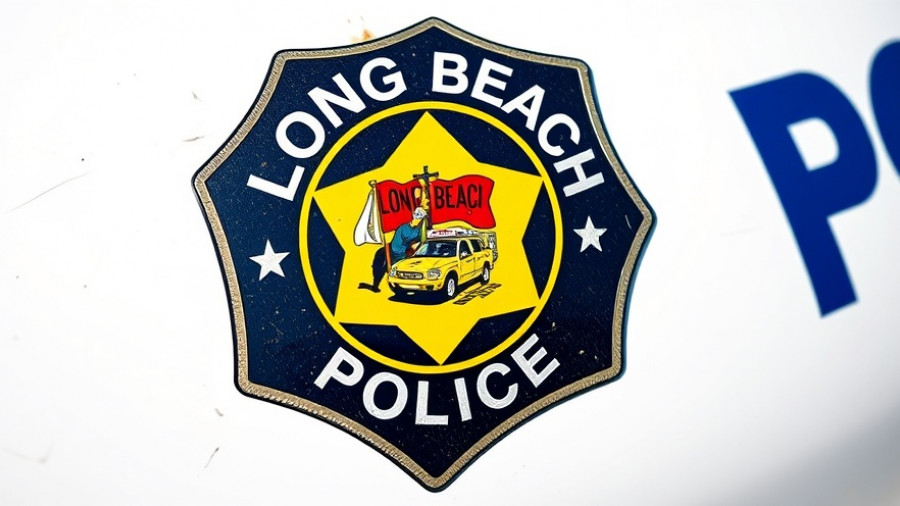
Decades Later: A Long Beach Mystery Unraveled
Glenn Cox, a convicted killer already serving life sentences, has recently confessed to three gang-related murders that have haunted the Long Beach community for nearly two decades. This confession comes as part of a startling breakthrough in what were once cold cases dating from 2004 to 2007. His admissions to Avenal State Prison personnel in December 2023 have led to renewed investigations into the tragic incidents, providing a glimmer of closure for the families impacted by these crimes.
Gang-Related Murders and Their Impact
The long shadow of gang violence in Long Beach has resulted in losses that resonate deeply within the community. Cox's confessions include the murders of Carlos Serrano and Jeremy Kershaw on December 20, 2004, as well as Dino Marks on February 16, 2007. Each murder inflicted emotional and societal wounds on families and friends of the victims, and further fueled the public's fear surrounding gang crime in the area. Police believe gang rivalries may have been prevalent during these years, evidenced by the violent nature of the shootings.
From Prison Confessions to New Charges
After Cox's intimate confessions came to light, Long Beach Police Department (LBPD) detectives conducted interviews that revealed critical details connecting him to these unsolved crimes. Evidence corroborating Cox’s admissions was also discovered, giving law enforcement better clarity on these violent events. As a result, Cox has been charged with three counts of murder, three counts of attempted murder, and two counts of being a felon in possession of a firearm. These charges have now been forwarded to the Los Angeles County District Attorney’s Office for further action.
Cold Cases: The Unsolved Hauntings
Cold cases like these are often attempting to solve mysteries that carry both emotional and legal weight. The unresolved nature of these crimes can sometimes spur governmental organizations into renewed investigations. The challenges tied to establishing overwhelming evidence years later pose additional difficulties for law enforcement. However, advancements in forensic science and technology are making it increasingly feasible for agencies to revisit old cases, such as that of Glenn Cox and his victims.
Future Possibilities: Justice for the Victims
As the LBPD and the DA's office consider the new charges against Cox, there is hope that this may not only bring a sense of justice to the families affected by the murders but may also serve as a cautionary tale regarding the violence stemming from gang affiliations. Law enforcement agencies are constantly working on developing strategies to combat gang-related crime, but the prevalence of these organizations indicates that this issue persists in many communities. There is a pressing need for collaborative efforts between local authorities, community leaders, and residents to foster safer environments.
A Community's Response
The Long Beach community and its surrounding areas have recently displayed increasing activism aimed at addressing gang violence. Community organizations and outreach programs have been working tirelessly to educate residents, particularly youth, about the dangers of gang involvement. With Cox's latest confessions revealing the depth of gang-related violence within the area, it is imperative for citizens to remain engaged in discussions about safety, the importance of reporting suspicious activities, and offering support to victims' families.
This tragic sequence of events may begin to close a chapter for families who have struggled with unresolved trauma due to the cold cases, reminding all of us of the impact of gang violence. These three souls lost to violence can now have their stories remembered, and perhaps even resonate in local efforts to diminish gang activity in the future.
 Add Row
Add Row  Add
Add 




Write A Comment